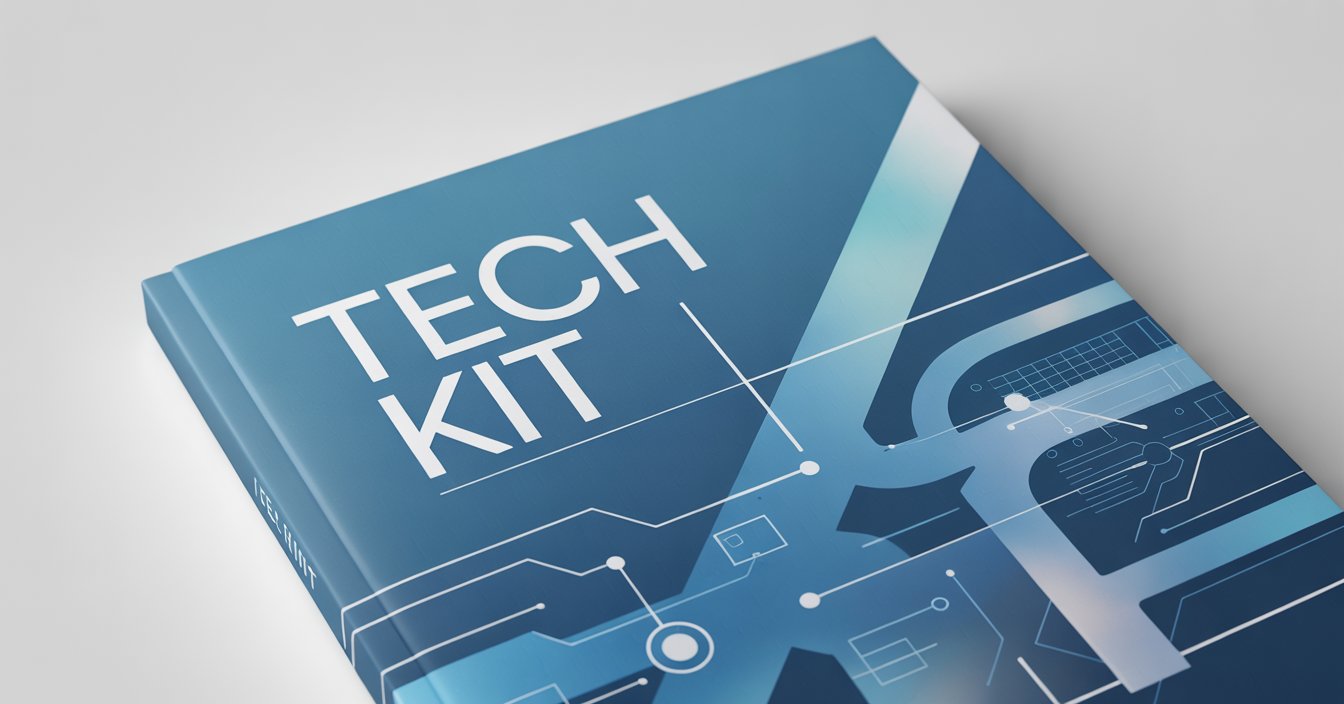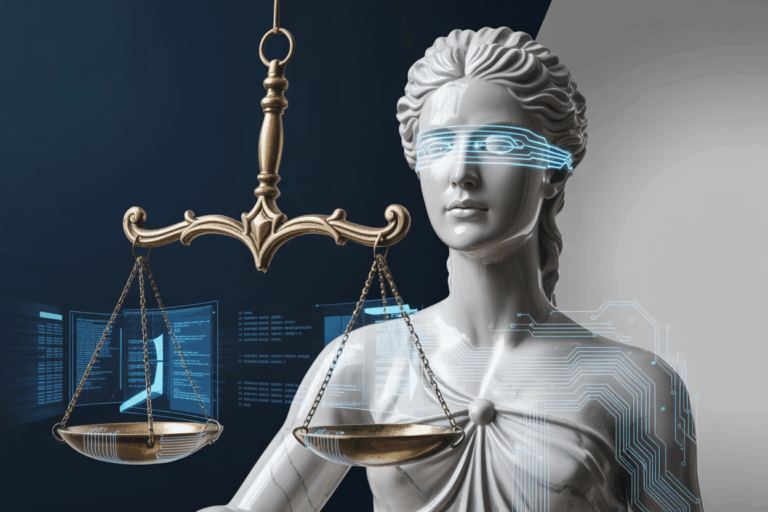Should Law Firms Advertise Their Tech Stack in the Form of a “Tech Kit” to Land Clients?
For most of legal history, a firm’s reputation rested on its partners, victories, and client list. Nobody cared whether the lawyers used Westlaw or Lexis, Clio or Filevine. But artificial intelligence is reshaping that equation. Some clients will soon want to know what kind of technology powers their lawyers’ work.
This isn’t just curiosity. For corporate clients under pressure to cut costs, a firm’s AI tools can translate directly into efficiency, accuracy, and billing transparency. A client who already uses generative AI internally may expect its outside counsel to be equally equipped. “What tech do you use?” may become as normal as “Who’s handling my file?”
The Tech Kit: A New Kind of Sales Pitch
If clients start asking, firms need a thoughtful way to answer. One option is a Tech Kit, a polished PDF modeled after a media kit. Instead of listing readership metrics or ad rates, it would showcase the firm’s technology stack.
A Tech Kit could outline the firm’s AI research assistant, document automation system, data security tools, and e-discovery platforms. It could show how each system improves accuracy, turnaround, and cost efficiency. In a market where everyone claims innovation, showing the infrastructure behind the claim could build real trust.
For general counsel choosing between similar firms, seeing tangible proof of a modern, efficient workflow might tip the balance. This won’t replace reputation, but it could become a fourth pillar beside expertise, reviews, and referrals.
When Transparency Becomes a Competitive Risk
A firm’s technology mix can be a competitive advantage. Disclosing it publicly tells competitors which systems or custom models give the firm its edge. Some will argue that secrecy matters less than execution. Any firm can buy the same software, but not every firm can weave it into workflow with skill.
Still, publishing a detailed tech stack invites imitation. That may push firms toward partial transparency, highlighting categories of technology rather than naming every product. Even that will spark a new kind of competition. Firms will be judged not just on their lawyers and outcomes, but on how convincingly they tell their technology story.
The NDA Question Nobody’s Asking Yet
If technology becomes part of a firm’s competitive identity, internal disclosure may become a governance issue. Lateral hires already move freely between firms, bringing templates, tactics, and sometimes client lists. If a firm invests heavily in proprietary AI models or customized workflows, it may begin requiring employees to sign nondisclosure agreements covering technology use.
Once tech stacks become marketing assets, they will also become trade secrets. Balancing transparency for clients with secrecy from competitors will not be simple. But it is the new kind of strategic question that law firms will have to manage carefully.
What Could Firms Include in a Credible Tech Kit
A credible Tech Kit should speak to both sophistication and responsibility. It must explain the technology in plain English and connect every tool to client benefit and ethical assurance. Strong versions would include:
1. Overview of Core Platforms
A summary of the major systems used for research, document management, client intake, billing, and communication.
2. AI Use Policy
A statement describing how the firm uses AI in drafting, research, or analysis, and how every AI-assisted output is reviewed by a licensed lawyer.
3. Data Security and Confidentiality
Clear, plain language assurance that client information is encrypted, not used for model training, and handled under strict privilege protocols.
4. Billing and Efficiency
A description of how technology reduces billable time or supports alternative fee arrangements. Clients care less about the tool’s name than about what it saves them.
5. Human Oversight
A reminder that every AI output passes through lawyer review, reflecting professional accountability under the rules of supervision.
6. Ethics and Compliance
References to bar guidance or ethical opinions that demonstrate the firm’s alignment with recognized standards for AI use.
7. Innovation Examples
Short, anonymized examples of how technology improved outcomes or turnaround time.
8. Contact Point
A person or team designated to answer client questions about technology and data security.
A strong Tech Kit should look more like a design portfolio than a compliance document. Clean layout, simple charts, and a conversational tone will communicate confidence far better than dense text or buzzwords.
When Technology Becomes Part of the Brand
Technology used to be invisible in law. Now it is becoming part of the brand. The same way firms once differentiated themselves by their offices or industry focus, they may soon differentiate by their digital infrastructure.
Clients will not expect open-source diagrams of every system, but they will expect transparency about how their matters are handled. The firms that communicate this clearly, responsibly, and without giving away their edge will gain credibility with a new generation of tech-literate clients.
Whether presented as a public brochure or a quiet appendix to a proposal, the Tech Kit could become tomorrow’s most persuasive marketing document. The question is no longer whether firms will disclose their technology. The question is how well they’ll do it.
My Take
This article is speculative, but I believe the premise will hold. Some prospective clients will care about the technology their lawyers use. AI in law has dominated headlines, and clients who keep even a passing eye on the news will want clarity on confidentiality, oversight, and especially billing in an AI-fueled firm.
I know I do. Of course, I am both a lawyer and a publisher who writes about AI in law, so I am not the typical client. Still, curiosity about the tools behind the work is natural. When technology touches everything else, it will inevitably influence how people choose their legal representation.
The best balance between protecting a firm’s competitive advantage and advertising its innovation is to describe systems by category rather than by name. Explain the architecture, how tools interact, how workflows are automated, and how human review stays central, without revealing the vendor list.
Boutique firms that build custom integrations will have plenty to showcase and should highlight that proudly. The key is substance over jargon. Firms that rely on AI word salads will sound impressive but inspire little confidence.







